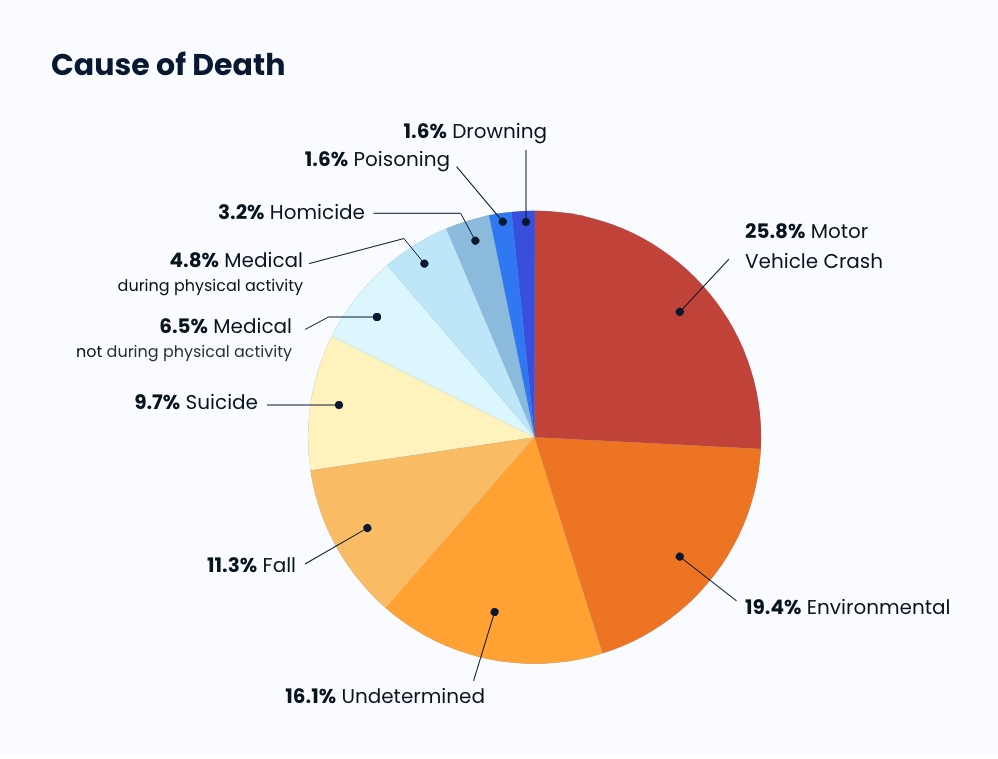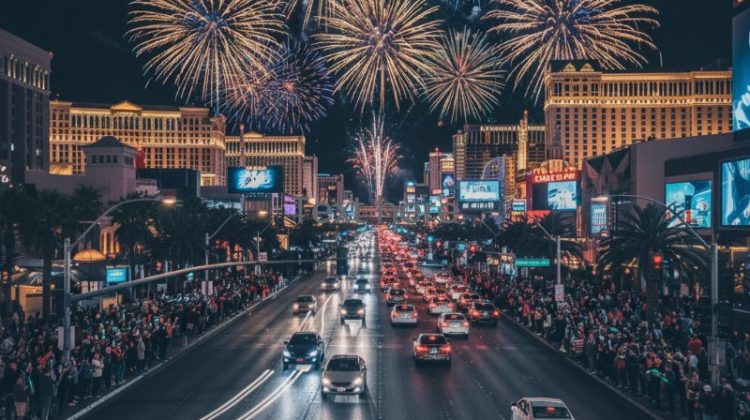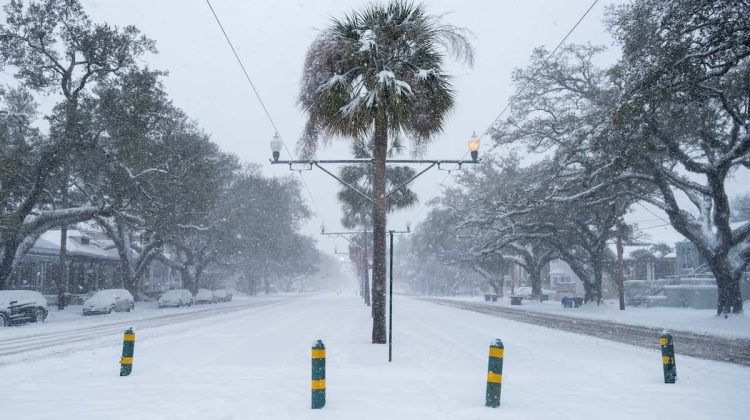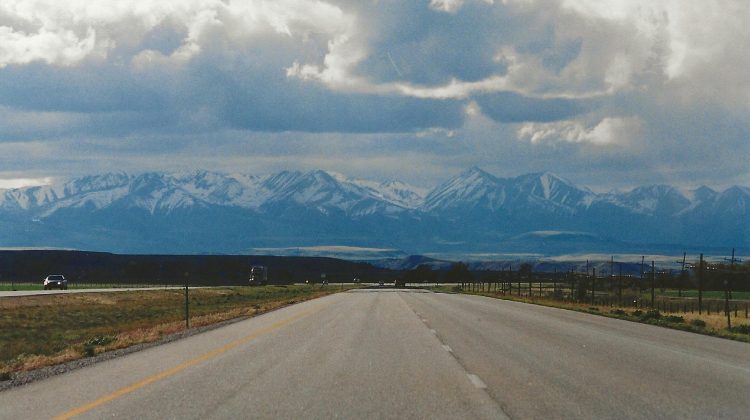Death Valley National Park, located on the California-Nevada border, is known for its harsh desert climate and record-breaking temperatures, often reaching up to 120°F in the summer. Spanning over 3.4 million acres, it is the largest national park in the contiguous United States. The park features a diverse landscape of salt flats, sand dunes, badlands, valleys, canyons, and mountains. More than 1 million people visit the park each year, drawn by its unique landscapes. However, the extreme conditions that make Death Valley so remarkable also pose significant risks to visitors, contributing to a history of fatalities in the park. Here, we take a look at a data analysis on Death Valley National Park Deaths provided by The Janda Law Firm.
Death Valley National Park Fatalities
Between 2007 and 2023, the park witnessed 62 deaths, predominantly due to motor vehicle accidents and environmental conditions.
Motor vehicle accidents were the most common cause of fatalities in the park, often attributed to speeding, fatigue, and unfamiliarity with the park’s roads. The rugged terrain and sometimes poorly marked paths increase the difficulty of navigating safely, especially for drivers unaccustomed to such conditions.
The extreme heat of the park contributed to numerous cases of environmental fatalities. Between 2007 and 2023, there were 12 recorded fatalities due to hyperthermia.

Deaths By Gender and Age
Interestingly, statistics show a gender and age disparity in these deaths. Men are more likely to die in Death Valley than women, and older visitors, particularly those over the age of 55, face higher risks. This pattern suggests that physical fitness and preparedness play crucial roles in surviving the harsh conditions.
Additionally, so far in 2024, there have been 6 fatalities due to a variety of causes, including medical events, accidents, environmental conditions, and even suicide. Most recently, Peter Hayes Robino, 57, tragically died of hyperthermia on August 1st after temperatures reached 119°F that day.
This year’s data emphasizes the importance of taking precautions when visiting Death Valley National Park.
Safety Tips for Visitors
- Stay Hydrated: Carry plenty of water—at least one gallon per person per day.
- Plan Ahead: Be aware of the weather forecast and plan your activities during cooler parts of the day.
- Know Your Limits: Avoid strenuous activities during peak heat, especially if you are not acclimated to high temperatures.
- Stay on Marked Trails: Stick to well-known paths and roads to avoid getting lost.
- Prepare Your Vehicle: Ensure your car is in good condition, and keep a spare tire, extra fuel, and basic tools.
Visiting Death Valley can be a unique and unforgettable experience, but it requires careful planning. By following safety guidelines, you can enjoy the beauty of the park while minimizing the risks.





No Comment